
She’s been dubbed the last of the great surrealists, so it’s surprising that now legendary painter Leonora Carrington was little known during the movement’s hey-day. Like most other female Surrealists, the history books relegated the British-born artist to the role of lover, or muse, partly due to her elopement with German painter Max Ernst. But Carrington’s contribution to the movement went far beyond a short-lived love affair, with Surrealist contemporary Luis Bunuel describing her work as something which “liberates us from the miserable reality of our days”. In honour of what would have been Carrington’s 98th birthday, here is a look at the women who were cast aside for their male counterparts. A glimpse at the exciting lives of the Surrealist movement’s most talented yet forgotten ladies.
Leonora Carrington

Despite being born in Lancashire, Carrington’s paintings are hard to find in the UK. Weary of her upper-class family’s narrow-minded beliefs and conservative attitude, the debutante longed to be an artist and in 1937 she abandoned her comfortable home to join the Surrealist movement. Sadly, her gift for art was never to be embraced by her family, with her grandmother claiming she was little more than an “artist’s model”. Known for her signature use of animals and half human-creature hybrids to depict themes of metamorphosis and mythology, she shared the Surrealist’s interest in the unconscious mind. Her work symbolised her own personal belief system, though she preferred not to share the particular meanings with others.
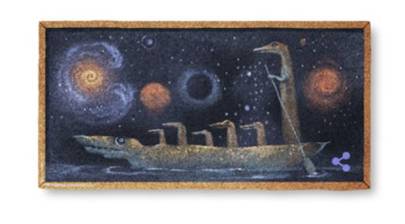
Like many modern day examples of women in the media, Carrington was more famous for her personal life than her art work. She was well-known for her turbulent relationship with fellow Surrealist Max Ernst, a much older and married bohemian. Their liaison ended abruptly when he left her behind while fleeing the Nazi’s in World War II France, causing her to suffer a nervous break-down. A risk-taker, in the 1940s Carrington’s art world connections led her to Mexico, which became her adopted home. She spent the majority of her adult life in the country, and is still regarded as a national treasure. This year her birthday was honoured by a Google illustration, drawing more people than ever to her work.
Meret Oppenheim
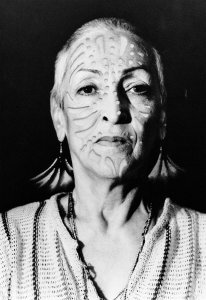
Swiss born sculptor and painter Meret Oppenheim was a key figure in the centre of the Surrealist movement, but even she suffered much sexism. As she actively partook in the group’s meetings and exhibitions, many in the art world assumed she was male and incorrectly referred to her as “Mr Oppenheim”. The possessor of a dark sense of humour, she was well aware of how women were regarded by society and even by her male artist contemporaries. Her work explored female sexuality and exploitation long before the likes of Tracey Emin, and she became known for her “assemblages” – sculptural works in which she transformed every day and domestic objects into disturbing yet humourous groupings.
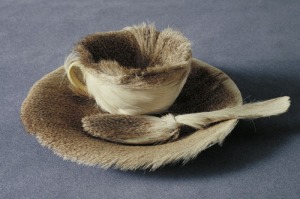
Her most famous piece is “Breakfast in Fur”, a teacup literally covered in fur of a Chinese Gazelle. The piece became renowned for its distortion of an object typically associated with feminine refinement, with Oppenheim turning it into something uncanny and erotic. Despite being considered one of the quintessential surrealist objects, Oppenheim grew to hate the piece, viewing it as insignificant in comparison to many of her other works.
Lola Alvarez Bravo
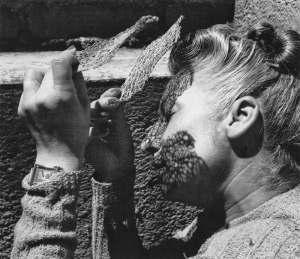
Although she was overshadowed throughout her career by her famous photographer husband Manuel Alvarez Bravo – who was not a fan of her exploration into the art world – Lola Alvarez Bravo went on to become one of Mexico’s first accomplished female photographers. While primarily a photojournalist who documented Mexico and its people, she also experimented with photomontage, forming timeless and dream-like imagery that wouldn’t look out of place in the 21st century. Eventually she managed to leave her troubled marriage and support her son Manuel Junior by talent alone, forming a career that lasted several decades.

Remedios Varo

Dissatisfied with the way women were portrayed primarily as sex objects in the Surrealist movement, Spanish painter Remedios Varo rotated this perception, creating strong and powerful heroines in her artwork. Whether explorer or creator, her androgynous characters were more than one-dimensional beauties, displaying a wide range of complex emotions.

Fascinated by science and engineering – typically male-dominate disciplines – she painted women in a variety of intellectual scenarios, exploring the profound and creative moments in a scientists life. Recognisable concepts embodied in her work include the theory of evolution, the origin of life and the birth of the solar system, symbolising her belief in universality and oneness.



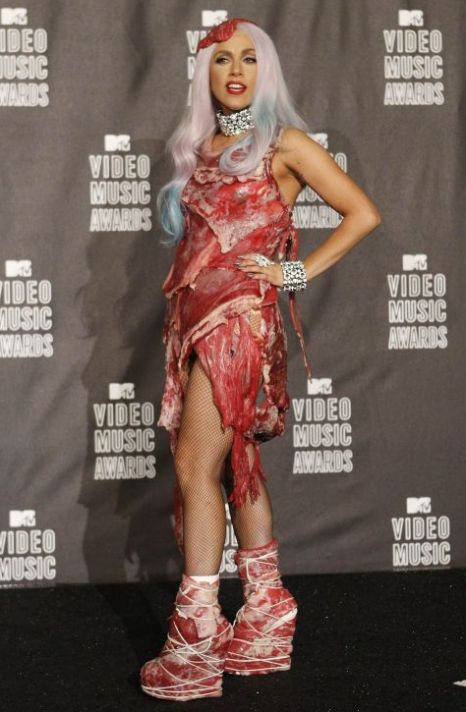
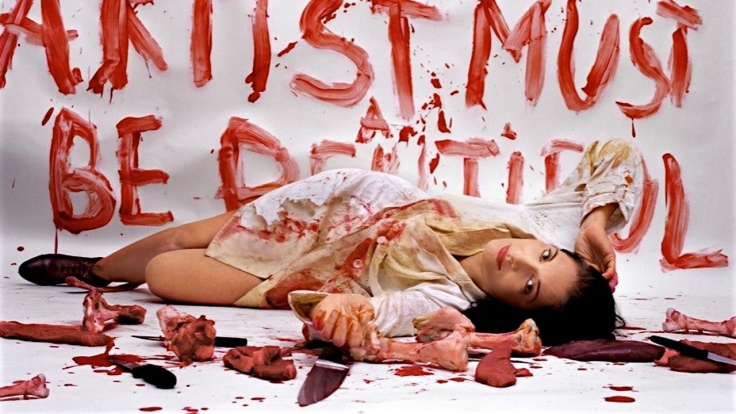

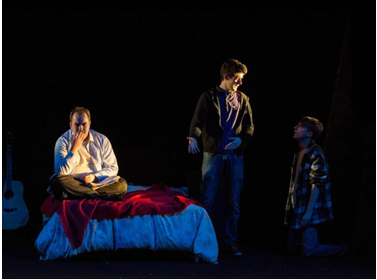
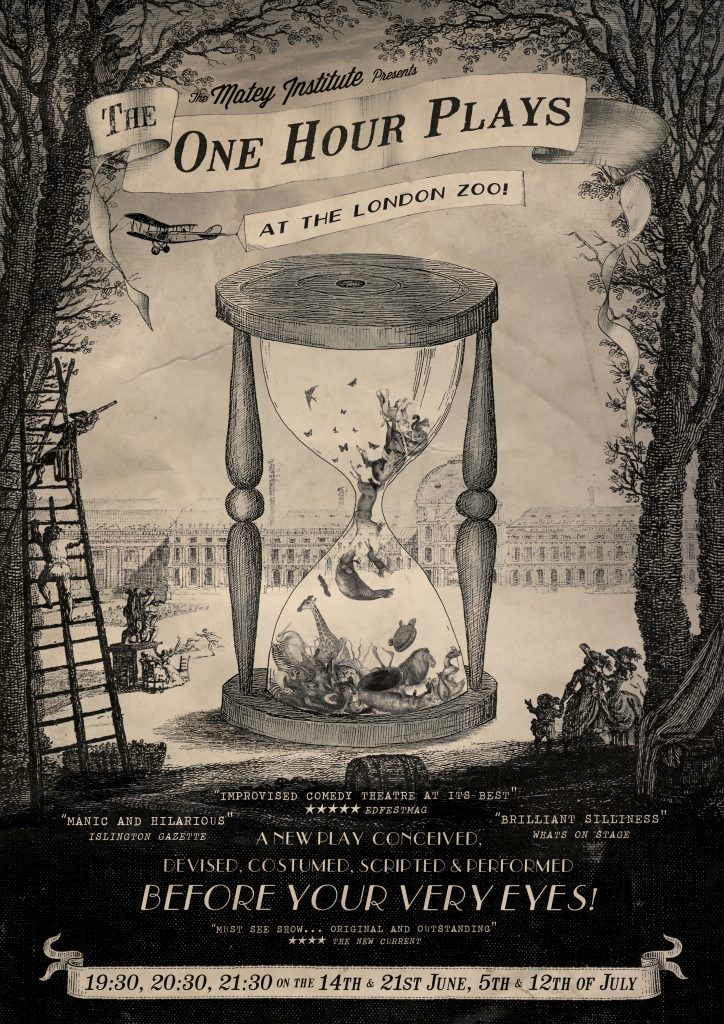
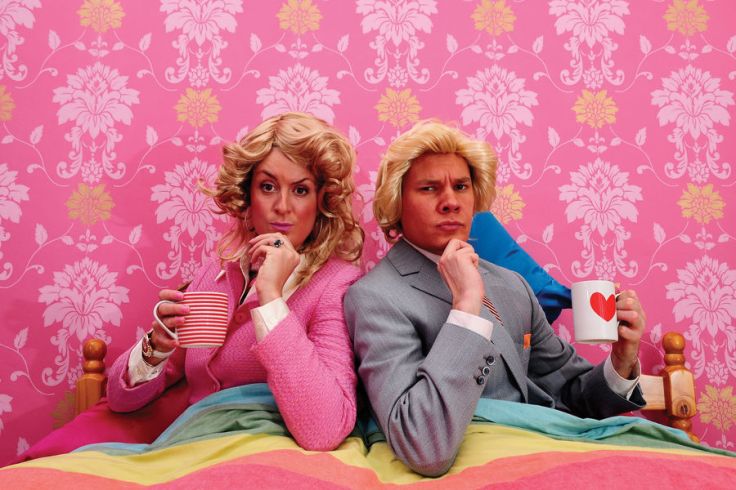
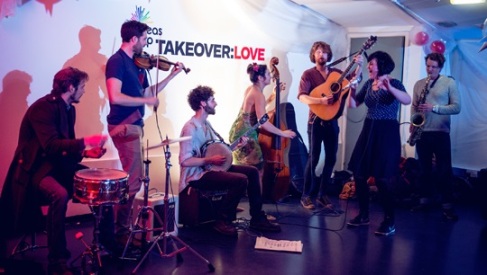



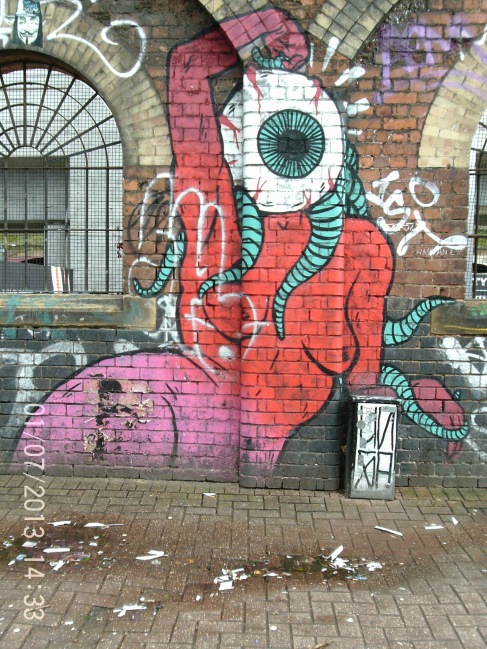




.jpg&container=blogger&gadget=a&rewriteMime=image%2F*)







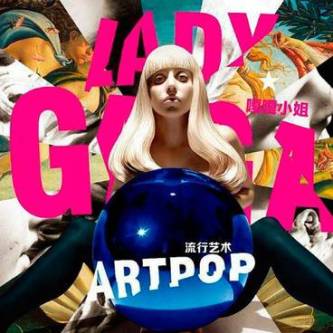

Recent Comments